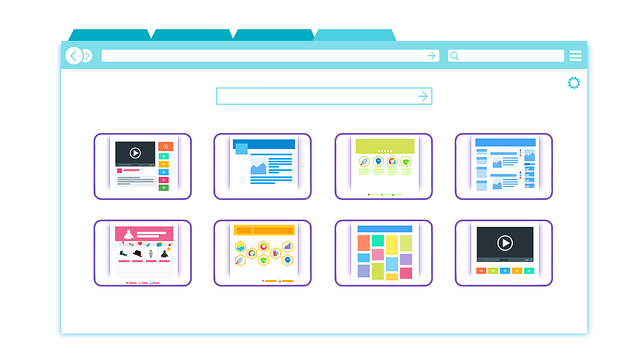Video marketing has emerged as a dominant force for businesses striving to capture the attention of their target audience. From short, attention-grabbing clips to in-depth product demos and testimonials, videos have the power to engage, inform, and convert viewers into loyal customers. However, creating compelling videos is just the beginning. To truly unlock the potential of video marketing, you need an effective video distribution strategy. In this blog post, we will delve deep into the world of video distribution and explore how it plays a pivotal role in your video marketing success.
Understanding Video Distribution
Before we dive into the benefits of video distribution in video marketing, let’s clarify what video distribution actually means.
Video distribution refers to the process of sharing your videos across various online platforms, channels, and devices to reach a wider and more targeted audience. It’s about getting your content in front of the right people at the right time and in the right format. Effective video distribution involves selecting the right platforms, optimizing your videos for each platform, and strategically promoting your content.
The Impact of Video Distribution on Video Marketing
Now, let’s explore how video distribution can significantly enhance your video marketing efforts:
1. Increased Reach and Visibility
One of the primary advantages of video distribution is the ability to expand your reach and increase your video’s visibility. When you distribute your videos on popular platforms like YouTube, Facebook, Instagram, and LinkedIn, you tap into their vast user bases. This exposure helps you reach potential customers who may not have discovered your brand through other means.
2. Improved SEO and Website Traffic
Search engines love video content, and by distributing your videos online, you can boost your website’s search engine optimization (SEO). When you embed videos on your website and share them on social media and other platforms, you increase the chances of people visiting your site. This not only enhances your online presence but also drives organic traffic to your website.
3. Enhanced Engagement and Conversion Rates
Video distribution enables you to engage your audience in a more dynamic and interactive way. Social media platforms, in particular, are ideal for fostering conversations around your videos. Engaged viewers are more likely to interact with your content, share it with others, and take the desired actions, such as making a purchase or signing up for your newsletter. This increased engagement can lead to higher conversion rates and improved ROI.
4. Targeted Marketing
Effective video distribution allows you to tailor your content to specific audiences on different platforms. For example, you can create shorter, attention-grabbing videos for platforms like TikTok and Instagram, while using longer, in-depth videos for YouTube or LinkedIn. By understanding your target audience’s preferences and behavior on each platform, you can deliver content that resonates with them, increasing the likelihood of conversions.
5. Data-Driven Insights
Video distribution platforms provide valuable insights and analytics that can inform your video marketing strategy. You can track metrics such as total views, engagement rates, click-through rates, and more. These data-driven insights help you refine your content and distribution strategy over time, ensuring that you continually improve your video marketing efforts.
6. Building Trust and Authority
Consistently distributing high-quality, informative videos on topics relevant to your industry can establish your brand as an authority in your niche. When viewers see your brand consistently delivering valuable content, they are more likely to trust your expertise and choose your products or services over competitors.
Best Practices for Effective Video Distribution
To make the most of video distribution in your video marketing strategy, consider implementing the following best practices:
- Know Your Audience: Before distributing your videos, research and understand your target audience. Know their interests, preferences, and behavior on different platforms. Tailor your content to match their expectations.
- Choose the Right Platforms: Not all platforms are created equal. Select the platforms that align with your target audience and business goals. For instance, B2B companies may find LinkedIn more effective, while B2C brands may focus on Instagram and Facebook.
- Optimize for Each Platform: Each platform has its own video specifications and best practices. Customize your videos for each platform to maximize engagement. This includes optimizing video length, format, and captions.
- Consistency Is Key: Consistency is crucial in video marketing. Create a content calendar and stick to it. Regularly distribute videos to keep your audience engaged and coming back for more.
- Promote Across Channels: Don’t rely solely on organic reach. Promote your videos across various channels, including email marketing, social media ads, and influencer partnerships, to extend your reach.
- Analyze and Adjust: Regularly review the performance of your videos and distribution strategy. Use analytics to identify what’s working and what isn’t. Adjust your approach based on the data to continually improve results.
Conclusion
In the world of video marketing, creating outstanding videos is only half the battle. To truly unlock success, you must incorporate an effective video distribution strategy. By reaching a wider audience, increasing engagement, and leveraging data-driven insights, video distribution becomes the catalyst for achieving your video marketing goals. Remember, it’s not just about making videos; it’s about getting them in front of the right eyes at the right time. So, embrace the power of video distribution and watch your video marketing efforts thrive.







